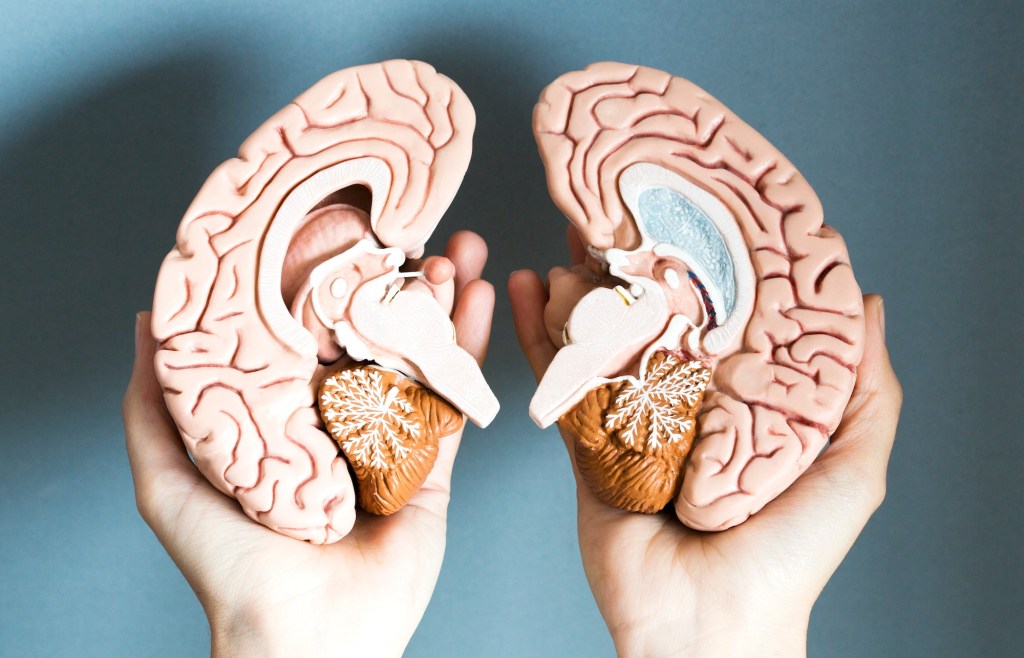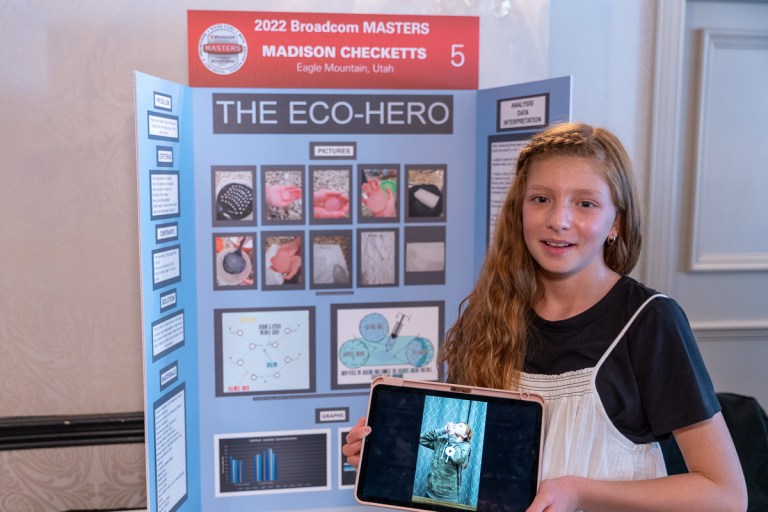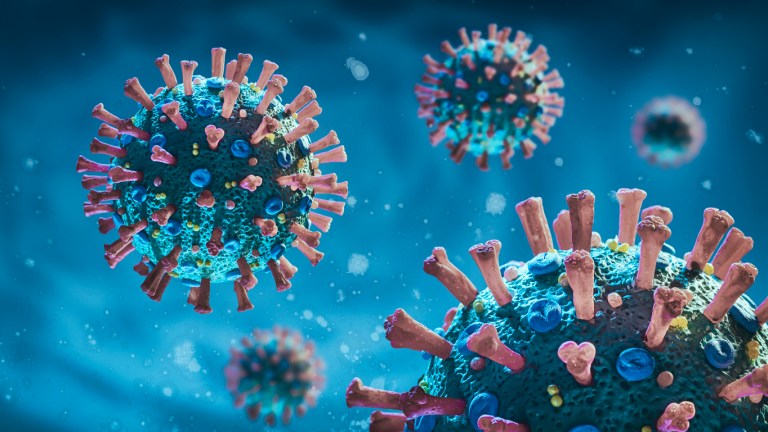In addition to their fame, Babe Ruth, Oprah Winfrey, Lady Gaga, and David Bowie have something else in common: left-handedness. The characteristic is quite a rare one, as only about 10% of the population are southpaws, according to one meta-analysis.
Left-handedness lore abounds, and if you know (or are) a lefty, you’re likely familiar with some of the traits commonly associated with it, like creativity and independence. These notions often stem from the long-held belief that people who use their left hands are right-brain dominant in all of life.
While it’s true that the right brain does control the left side of the body, and each hemisphere is responsible for certain specializations, like language processing, the idea that any human (who hasn’t undergone surgery or a brain injury) uses one side of the brain predominately is likely a myth, research has shown. And of course there’s the fact that around 1% of the population is considered ambidextrous, not having any clear preference for using one hand or the other.
That said, there is evidence that indicates left-handed people think differently in certain ways, which may in turn help them access creativity more easily than others. “There’s a grain of truth to the creativity idea,” Ronald Yeo, a professor of psychology at the University of Texas-Austin, told CNN, “but when you look at actual creative achievements in one’s lifetime, the evidence is not strong for association with left-handedness.”
Science never stops, though, and new studies are coming out left and right (pun intended) that offer insight on hand dominance. One of the biggest remaining questions is why some people are left-handed.

A paper published in the journal Nature Communications in April has shed some light on this mystery, specifically the potential genetic component of being left-handed. Researchers discovered that rare variants of a gene called TUBB4B, which is involved in controlling cell shape, are 2.7 times more prevalent in lefties. Researchers think these variants might therefore play a role in how our brains develop and determine which hand we prefer to use.
“Most people have left-hemisphere dominance for language, and right-hemisphere dominance for tasks that require directing visual attention to a location in space,” senior author Clyde Francks told Reuters. “In most people, the left hemisphere also controls the dominant right hand. The relevant nerve fibers cross from left-to-right in the lower part of the brain. In left-handers, the right hemisphere is in control of the dominant hand. The question is: What causes the asymmetry of the brain to develop differently in left-handers?”
Francks and his fellow scientists have only just begun to answer that question but note that their research could have implications beyond left versus right-handedness, specifically in the field of psychiatry. “Rare genetic variants in just a handful of people can pinpoint genes that give clues to developmental mechanisms of brain asymmetry in everyone,” he said.
Though this study and previous ones have linked left hand dominance to specific genes, the trait isn’t a given when those genes are present. In fact, even when both parents are left-handed, the chance of their child following suit is only around 27%.
“We think that most instances of left-handedness occur simply due to random variation during development of the embryonic brain, without specific genetic or environmental influences,” Francks explained.
Interested in joining the ranks of the ambidextrous? With practice, it is possible to improve the dexterity of your non-dominant hand. Check out these tips and tricks.











